The red-bellied newt (Taricha rivularis) is a newt that is native to coastal woodlands in northern California and is terrestrial for most of its life. The male red-bellied newt often has a dark, broad coloring across the vent, while females do not. Breeding males develop smooth skin and a flattened tail. The red-bellied newt can be distinguished from other coastal newts by its red belly and a lack of yellow in its eyes. The red-bellied newt ranges within Sonoma, Mendocino, Humboldt and Lake cos. Abundant in most of range. Migrates to streams during fall and winter rains. Inhabits primarily redwood forest, but also found within mixed conifer, valley-foothill woodland, montane hardwood and hardwood-conifer habitats. They feed on arthropods, worms and snails in water and on forest floor within ground litter. Because red-bellied newts are so poisonous, they are nearly inedible and have no reported predators other than a few species of snake which are resistant to the toxin. Males arrive at breeding site before females, in February. In March to April, females lay approximately 12 flat clusters of 6-16 eggs each, on undersides of rocks. Females breed on the average every 3 years. Larvae transform in late summer to early fall. Newts begin their lives as aquatic larvae similar to tadpoles, though elongated and with external gills. Once newt larvae mature into their adult form, which takes about four to six months, they will leave the water and live underground until they are ready to breed, which is typically in four to six years. Red-bellied newts can live for 20-30 years.
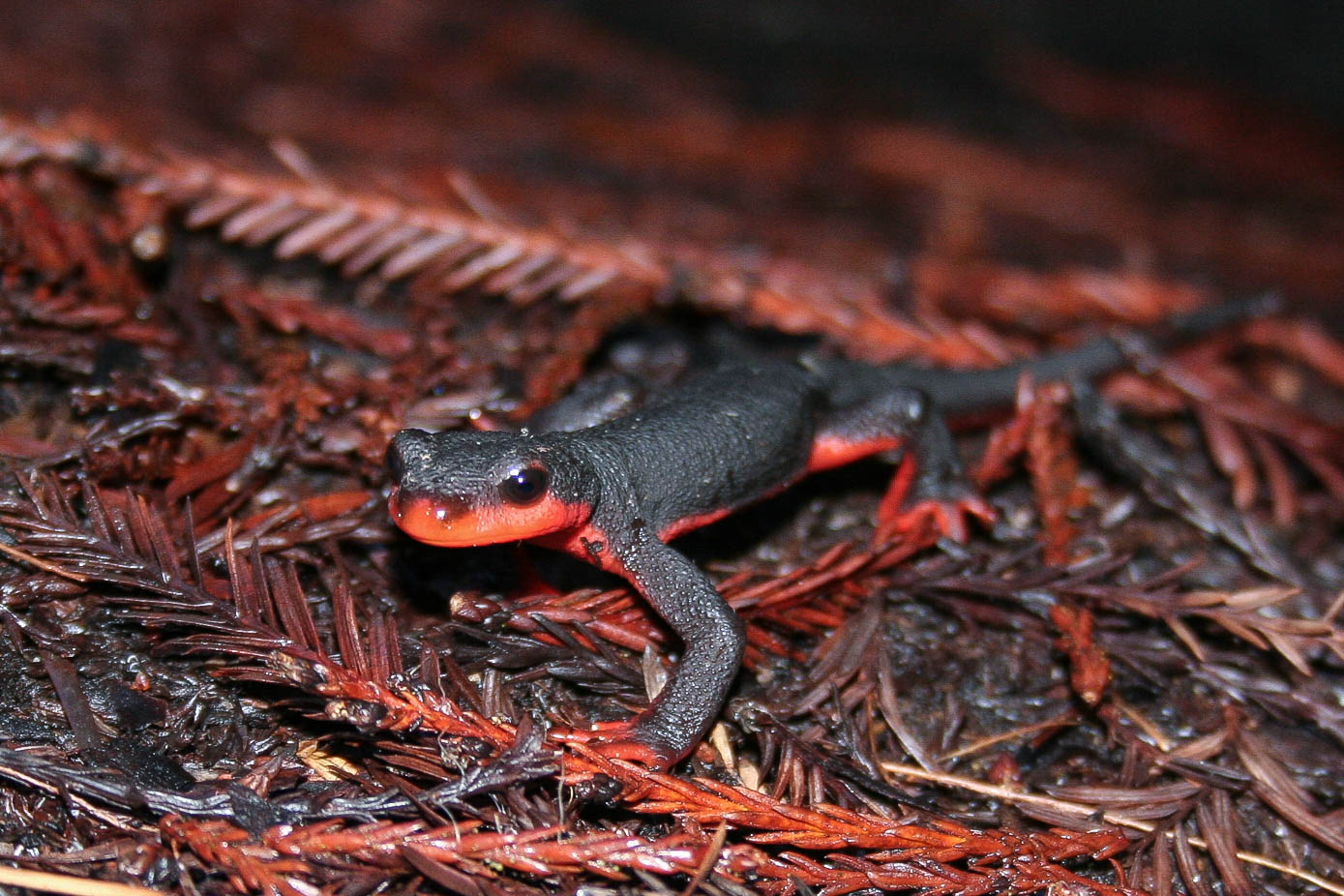
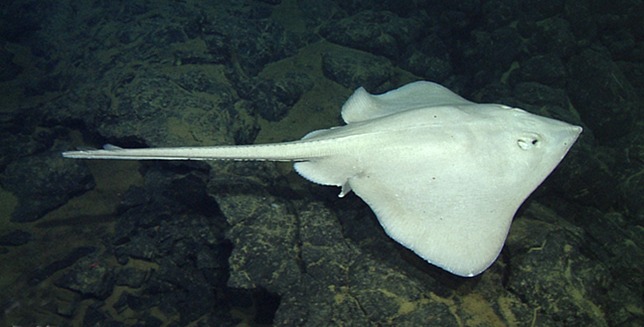
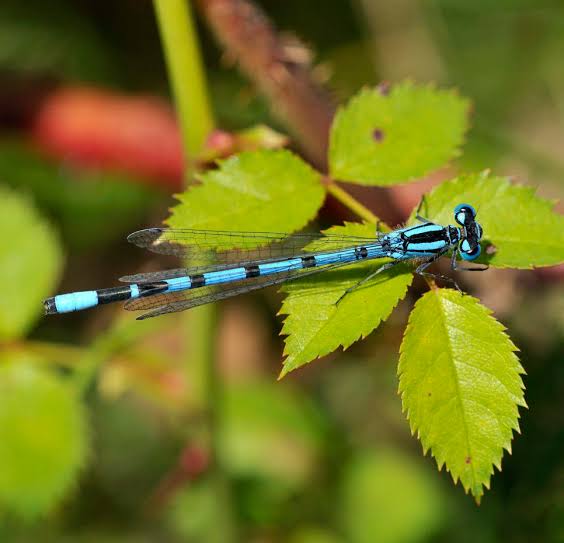

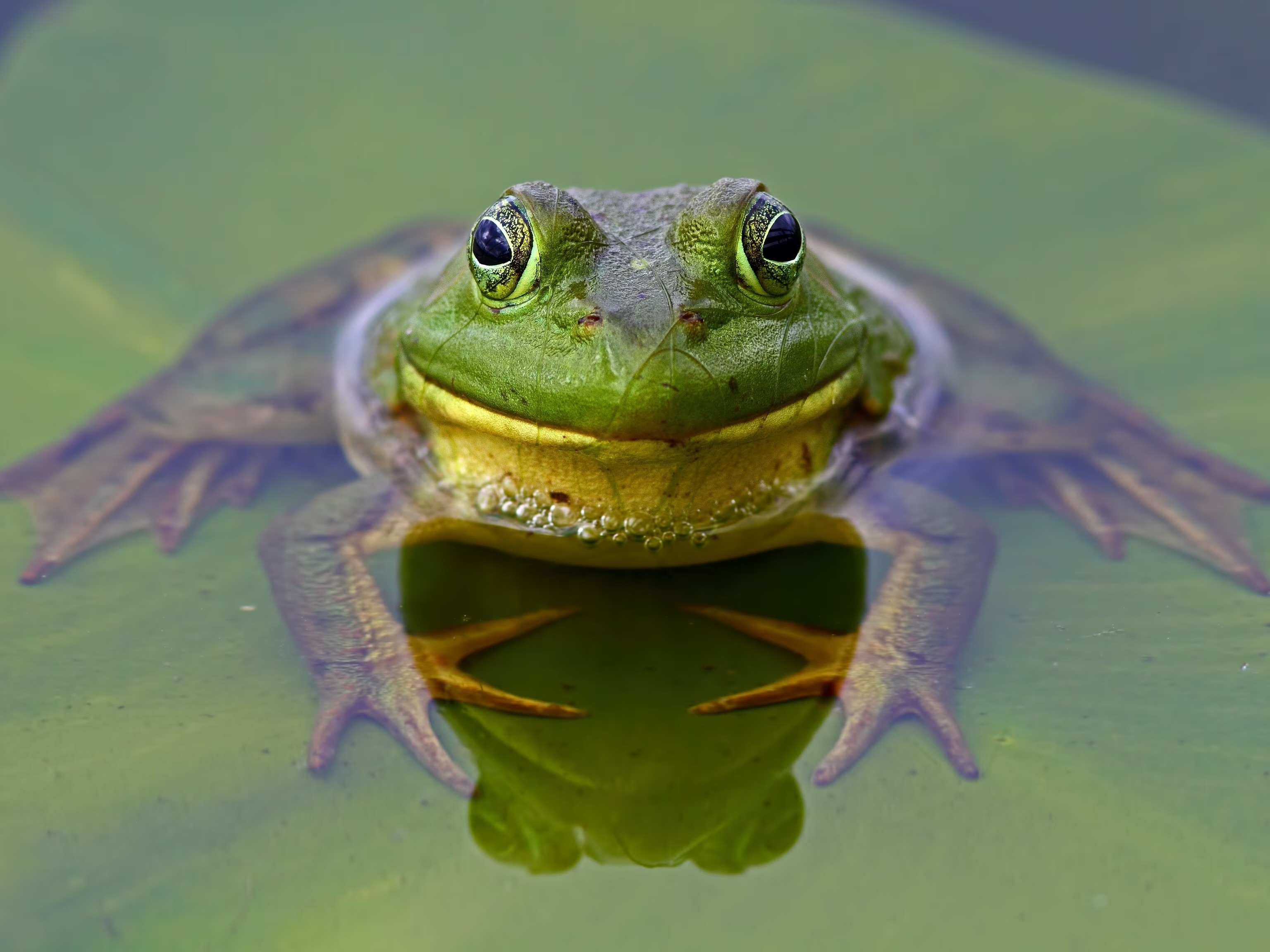
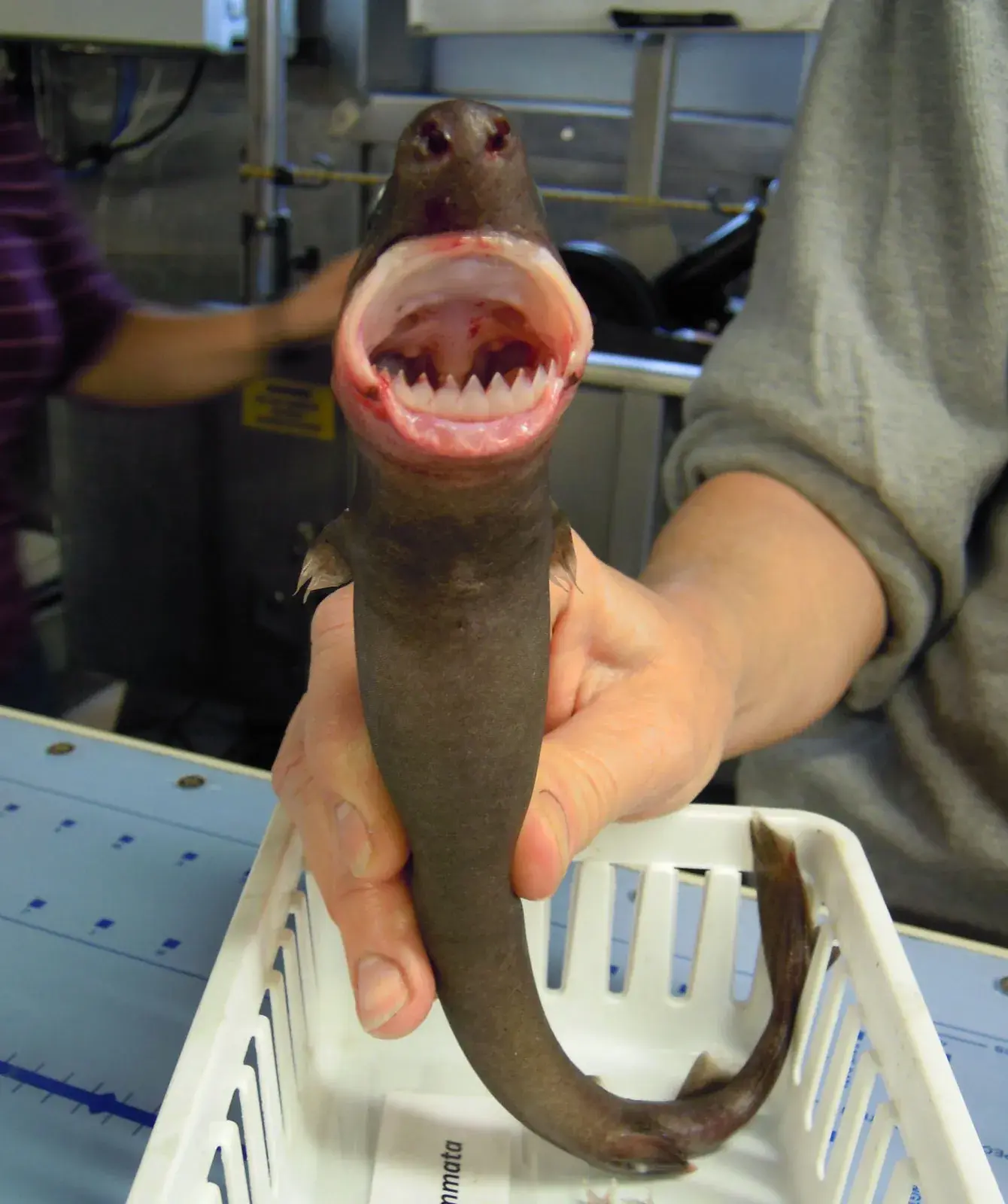


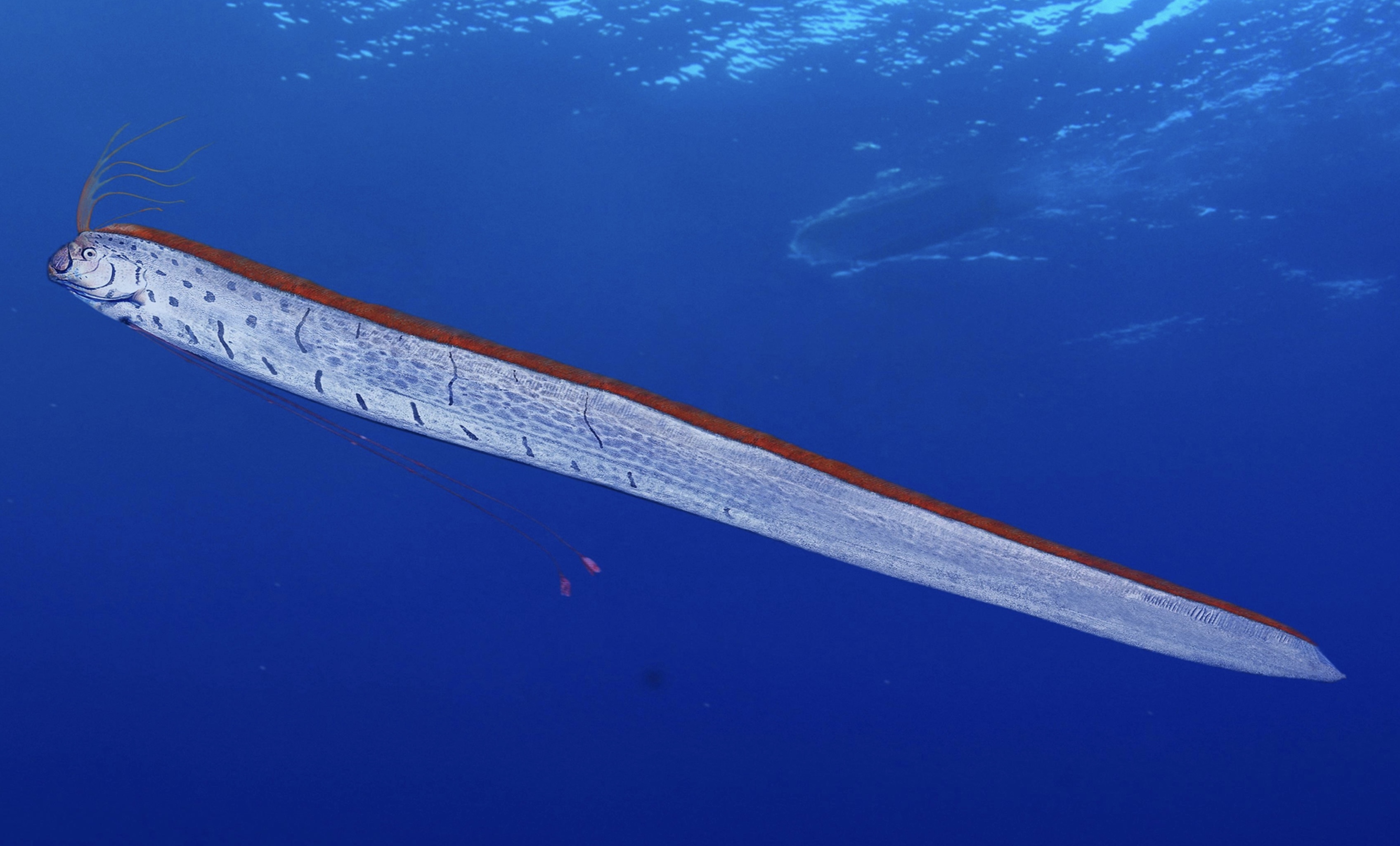
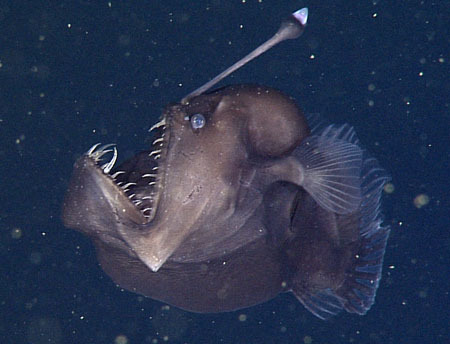
🙄🙄🙄